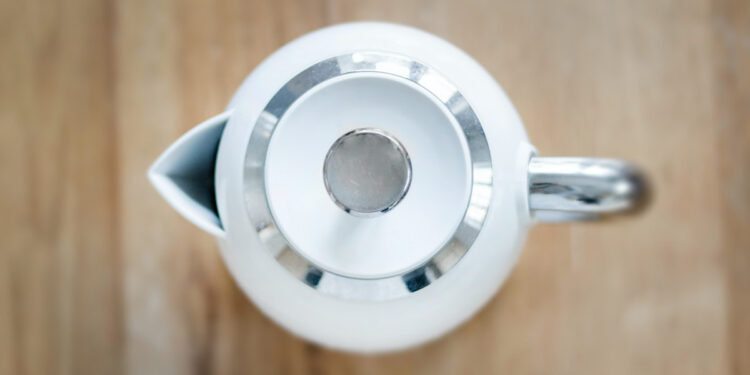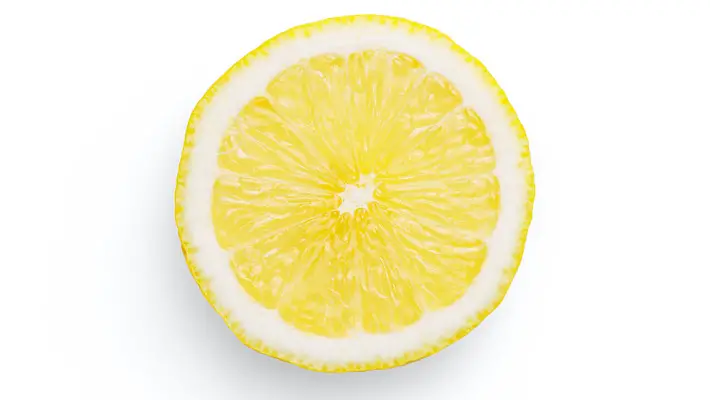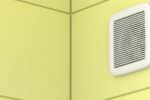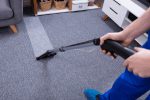6 Tips on How to Keep your Home Limescale Free

With winter in full swing and the pandemic still upon us, Brits will be suffering from lockdown limescale, as more of us work from home and use hot water this season. Brits are expected to spend a whopping £25.8M on replacing broken appliances and disrepair this season, so here are 6 top tips to help you stay Limescale –free in your home!
As a nation that’s renowned for loving a hot brew, the winter months are key for the use of hot water. Household appliances and plumbing are under more pressure with limescale lurking and becoming a nuisance. Once hard water is heated it creates a chalky off-white crust that creates limescale that is hard to clean off and makes appliances look tired and worn. Limescale can be found in kettles, irons, dishwashers, shower heads, boilers and pipes.
While it might seem dreadful, reducing or getting rid of limescale doesn’t need to take hours of hard labour scrubbing. From grimy irons to annoying residue in your morning brew, limescale can be easily managed with these handy tips:
1. Use a descaling product
Did you know that limescale build up starts from the first time you use your appliance? Oust All Purpose Descaler works in just 10 minutes to remove 100% of all limescale on a range of small household appliances including kettles, irons, coffee machines – to name a few. Just pop it in the appliance and let it do the hard work for you. The key to preventing limescale damage is regular descaling of appliances or surfaces. If you live in a hard water area it is advised to descale every three months, and every six months in soft water areas.
2. Vinegar isn’t just for chips
Build-up of limescale on chrome fixtures like taps and showerheads can cause dullness and if left untreated chipping or peeling. Fill a plastic bag with white vinegar and attach it to the affected area. Ensure the area that requires attention is soaked so it is able to dissolve the limescale. Return in 10 to 15 minutes and see the surface shine. For stubborn stains, soak the limescale for at least an hour or overnight.
Vinegar can also be used to descale your kettle. Pour some white vinegar with water to the kettle and bring it to boil. Turn it off and allow the mixture to stay in the kettle for 30 minutes to an hour. Once you’re done, empty it and fill it with fresh water. Boil the kettle a few times to ensure there’s no lingering taste of vinegar.
3. Drain your heater
Limescale is produced by the heating of hard water and therefore can form in your hot water heater. By draining the tank a couple of times each year along with regulating or lowering the water temperature can help avoid build-ups of limescale.
4. Purify your water before boiling
Shockingly, Brits swallow 338,000 kilos* of flaky limescale in their hot drinks each year as a nation. If you’re sick of the little flakes of limescale in your morning coffee and just want to enjoy your cuppa, pre-treat the water by boiling it or by using a purifying filter. This will remove some of the minerals from the water that cause limescale. Another tip is to empty out your kettle once you’ve finished using it as leftover water encourages build up of limescale.
5. Put a lemon in it
Lemons can be used to get rid of limescale around various parts of the house. It also leaves a refreshing smell once you’re done using it. For taps and shower heads, use half a lemon and wedge it onto the affected area for a few hours.
Tackle limescale in your kettle by filling it with water and small pieces of lemon. Boil the kettle with the lemon and water inside and leave it for an hour. Rise the kettle with clean water, and it should be good to go.
6. Use baking soda
Removing stains from your shower glass can be tricky but can be done by combining white vinegar and baking soda in a spray bottle. Let the mixture sit on the glass for a few minutes then wipe with a clean cloth or paper towel. For any stubborn spots, make a thick paste of baking soda and water and apply it to the affected areas and leave it there for a few minutes. Then rise well and wipe dry.
If you don’t have baking soda, make a solution with half vinegar and water and spray on your shower screen.










